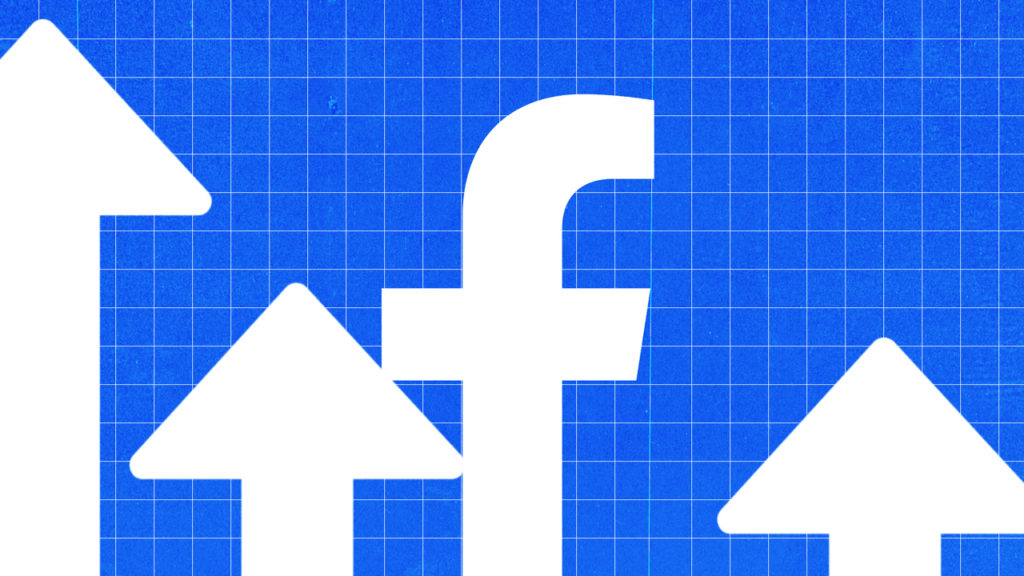More than half of businesses (60 percent) plan to increase their Instagram budget next year, and almost half are planning to do the same for Facebook, YouTube and LinkedIn, according to Hootsuite’s 2021 social media trends report.
In July, hundreds of brands halted Facebook ad spend in a show of solidarity against the platform’s inaction toward hate speech and misinformation. Socialbakers’ research shows the boycott led to a 32 percent decrease in spend in North America in the first week of July. But it appears the hiatus was short-lived as Hootsuite found that 46 percent of marketers are going to ramp up Facebook spending next year.
Marketers have plans to increase investment in YouTube (45 percent) and LinkedIn (44 percent) too. Despite TikTok’s surge this year, just 14 percent of respondents said they’ll increase spend on the platform next year, indicating familiar favorites will remain a go-to over nascent tactics.
As the pandemic accelerates the shift to ecommerce, marketers’ top outcome for social media in 2021 is to increase the acquisition of new customers—this is true for 73 percent of respondents compared to 46 percent last year. Many are also seeking to increase brand awareness (64 percent) and drive conversions (45 percent).
Only 23 percent of respondents are concerned with improving the customer experience through social media. But it’s important to note that in the absence of in-person experiences and events, brands must recreate the online customer experience with social media at the center, be it through live-streaming events or social commerce.
After being forced to close its stores amid the pandemic, Clarins tapped a beauty expert to share curated videos via the brand’s Instagram Stories. Story completion rates surged from a previous average of 20 percent to 75 percent.
“If you don’t have the impulse moments at the checkout anymore, where people grab something spontaneously off the shelf, recommendations from trusted creators can become that source of inspiration,” said Jim Habig, global head of business marketing at Pinterest.
Hootsuite anticipates the addition of short-form video to product detail pages (PDPs) will also be key, as 42 percent of Taobao’s PDPs already include such videos.
Another trend Hootsuite anticipates will emerge next year is an increased awareness around how much people actually want to interact with brands on social media. In 2021, the smartest brands will understand where they fit into their audience’s lives on social, then find creative ways to be part of the conversation, rather than try to lead it.
To implement this trend, marketers should bolster social listening data in addition to search analysis and utilize user-generated content (UGC) more heavily to inspire trust in consumers.
With new forms of digital literacy growing among baby boomers, brands can’t afford to overlook older generations on social media as Hootsuite’s 2020 data revealed that 70 percent of internet users aged 55-64 have bought something online in the past month, and 37 percent plan to continue doing so more frequently when the pandemic is over.
Instead of stereotypically targeting baby boomers by age alone, brands should target them by passions or hobbies through a platform like Pinterest, which serves as an outlet for passion projects and has the greatest penetration among boomers of any non-Facebook social network.
With the collapse of traditional strategies comes a newfound appreciation for social media among executives. But 54 percent have said they aren’t confident that their social media followers are more valuable customers than those they don’t engage with.
A lack of data integration is one reason brands fail to quantify social media’s return on investment (ROI), as only 10 percent of marketers feel they have mature practices around implementing social data into enterprise systems.
Those who have integrated data are reaping the benefits, as 85 percent who have done so reported being confident in their company’s ability to accurately quantify the ROI of social media.
Brands should tie vanity metrics such as impressions and reach back to their web traffic sessions and bounce rate to understand if their social media efforts are resonating with their audience. Doing so starts with setting up manual workflows to enable collection of quantifiable data from engagements with organic and paid campaigns.
Successful brands will remember that creating an authentic reputation starts in the boardroom, not on social media, as statements there alone can’t make up for a lack of true brand purpose across a company.
More than half (55 perfect) of respondents say it’s important that a business operates according to its values/principles, followed by proactively making the world a better place (53 percent).
The findings are based on a survey Hootsuite conducted among 11,189 marketers in Q3.

